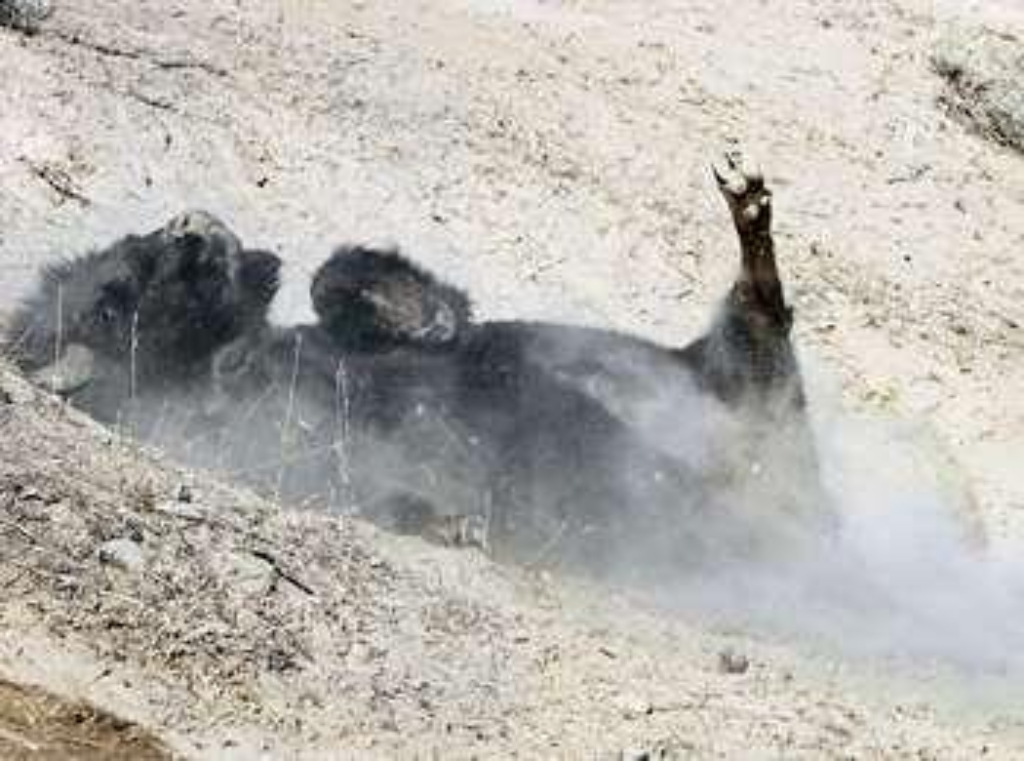
Yellowstone is the only place in the United States where bison have lived continuously since prehistoric times.
Bison live year-round in the Hayden Valley. Winters are often severe, with deep snows and temperatures reaching -44 degrees F (-42 degrees C).
Bison from the central herd congregate in the Hayden Valley for breeding. As of July 2015, the Hayden Valley subpopulation consisted of 1,300 bison.
Wolves and grizzly bears are the only large predators of adult bison. Dead bison provide an important source of food for scavengers and other carnivores.
Yellowstone Bison
Yellowstone bison are exceptional because they make up the nation’s largest bison population on public land and are among the few bison herds that have not been hybridized through interbreeding with cattle.
Unlike most other herds, this population has thousands of individuals that are allowed to roam relatively freely over the expansive landscape of Yellowstone National Park and some nearby areas of Montana.
They also exhibit wild behavior like their ancient ancestors, congregating during the breeding season to compete for mates, as well as migration and exploration that result in the use of new habitat areas.
These behaviors have enabled the successful restoration of a population that was on the brink of extinction just over a century ago.
Hayden Valley Herd
Most of the Hayden Valley bison move between the Madison, Firehole, Hayden, and Pelican valleys during the rest of the year. However, some bison travel to the northern portion of the park and mix with the northern herd before most return to the Hayden Valley for the subsequent breeding season.
Counts of the central herd increased from about 1,900 bison in 2000 to 3,500 in 2005, and then decreased to 1,400 in 2013 due primarily to large culls of about 1,000 and 1,560 bison at the park boundary during 2006 and 2008, respectively.
Animals are Dangerous
- Do not approach or feed any animal.
- Bison and elk have injured people.
- Stay 100 yards (91 m) from bears and wolves.
- Stay 25 yards (23 m) from all other animals.
You are responsible for your safety.
Think Safety, Act Safely. Yellowstone is a Dangerous Place.
Is there something we missed for this itinerary?
Itineraries across USA


















































